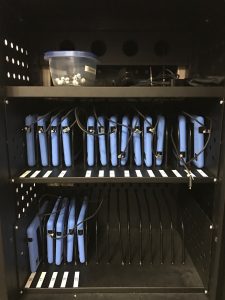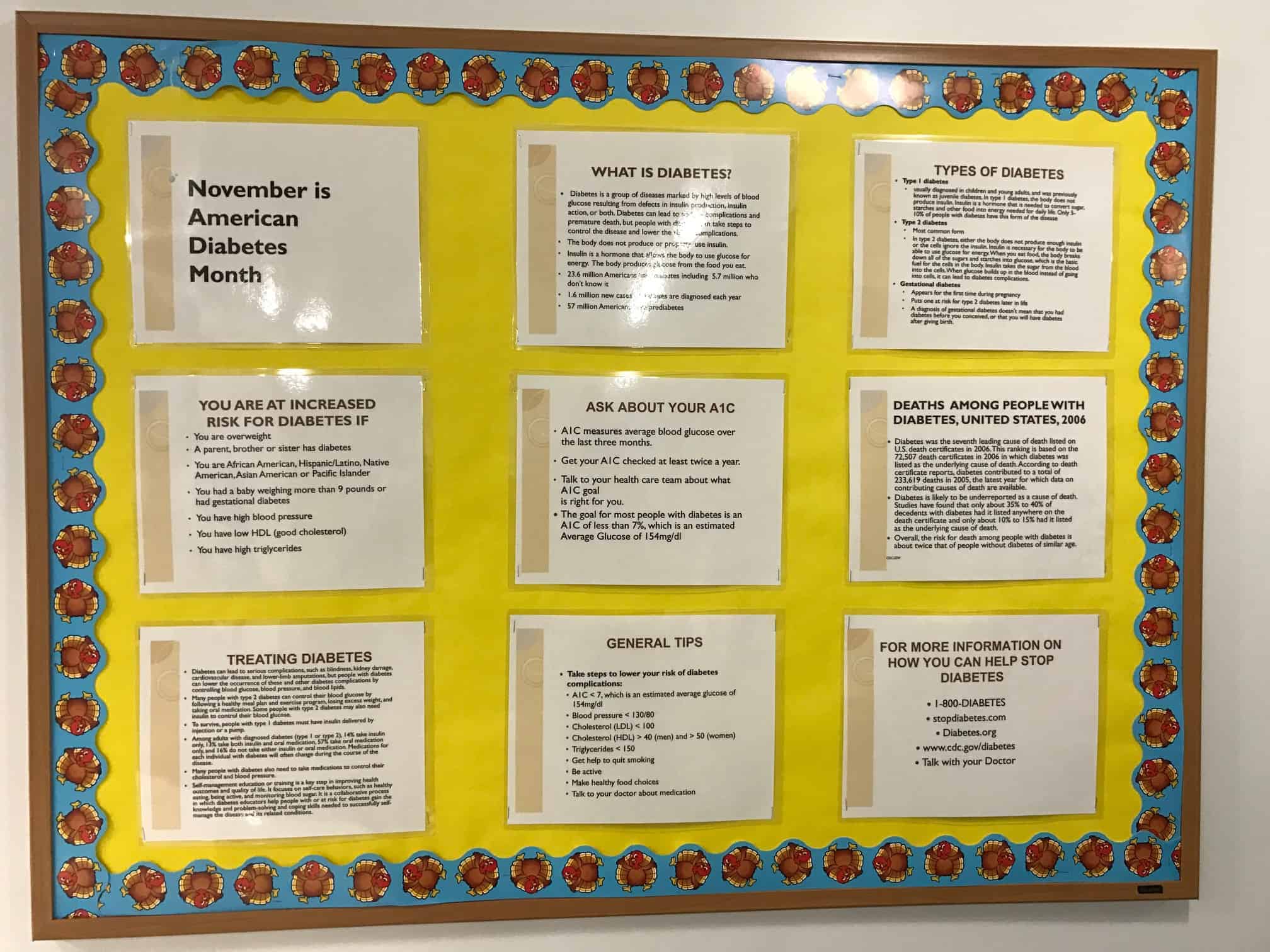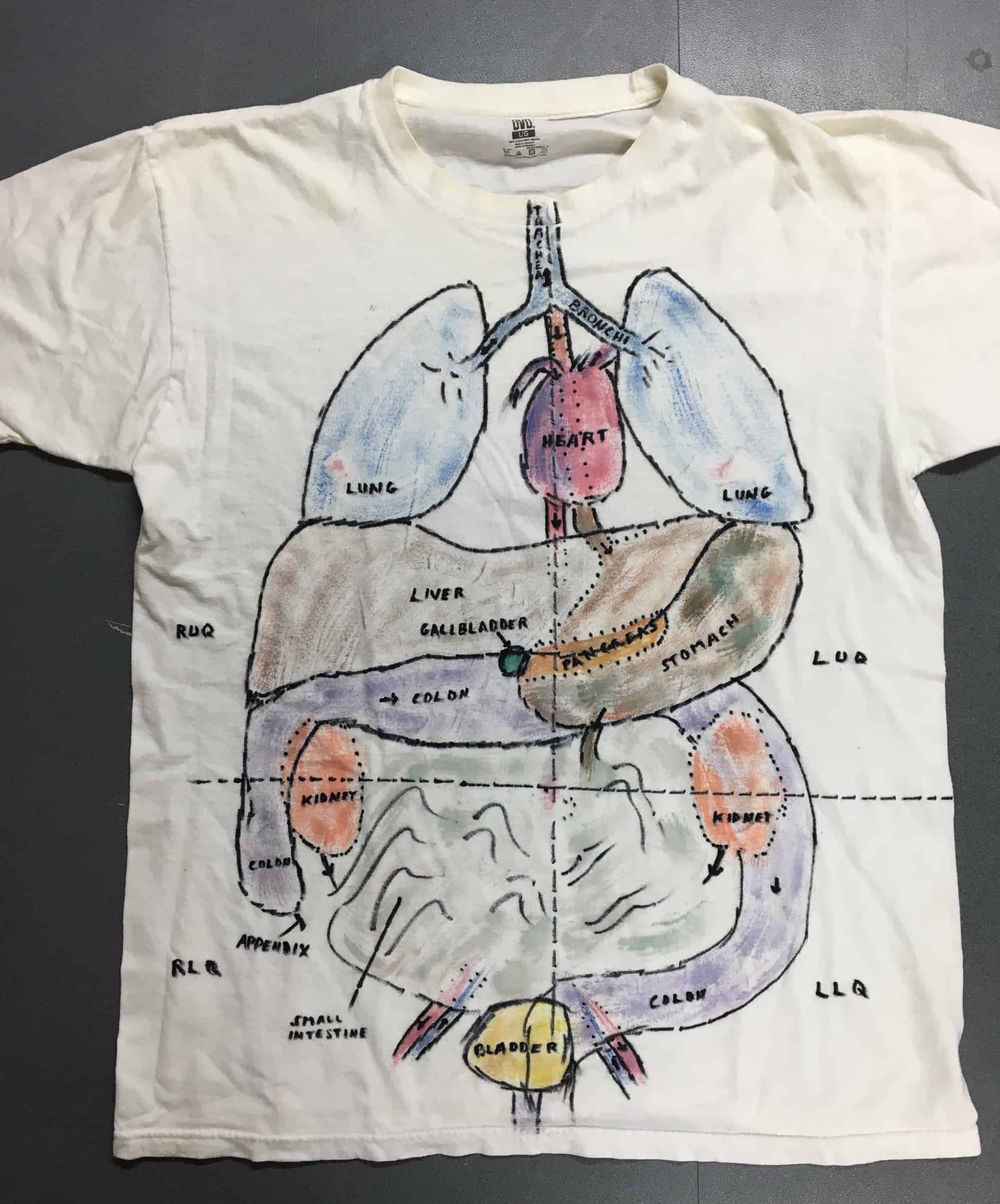
Limmer Education

by Limmer Education
Our articles are read by an automated voice. We offer the option to listen to our articles as soon as they are published to enhance accessibility. Issues? Please let us know using the contact form.
Much is said today about the tech-enabled classroom. Simulation, classroom response systems (polling), and gaming are becoming mainstream practices. These high-tech methods create a dynamic classroom that appeals to students and provides solid education.
But what about low tech?
All too often EMS is an all-or-nothing proposition. In this case, either heavily reliant on high tech or totally traditional in the classroom approach. Where is the middle ground? I recently found it on a visit to the When Seconds Count training center in Salem, MA.

Shawn Lerner owns the center, which teaches EMT courses as well as providing community first aid and AED training. While touring the school I saw a cabinet with 20 tablet computers charged and ready to use. These tablets are used for testing in the classroom. Shawn may eventually expand their use. We’re proud to say he has begun using Limmer Education apps and audios in his training.
But on the wall is a bulletin board with a display on diabetes (an influence of Shawn’s wife, Kristy, who is a teacher by trade). It is a wonderfully low-tech display that students can read on breaks and before or after class to get solid information on this important topic.
I am a proponent of modern classroom techniques and methods. Current dynamic trends in education can both spark interest and provide solid content effectively. But I also believe that people learn in different ways and at different paces. Therefore we should take every opportunity to use a variety of high-tech and low-tech methods in the classroom.
I think Shawn has given us an excellent example of that.

While teaching an instructor course at Robert Ziegler's CT Training and Consulting Institute, I came across another creative example of low tech. Bob has his students draw the internal organs to scale and position on a plain white t-shirt. This gives students a hands-on way to learn internal anatomy of the chest and abdomen with relation to external landmarks. This can be helpful when relating pain or injury to specific organs or regions. I continue to believe that students learn better dynamically than they do in lecture--especially in topics like anatomy and physiology.
You don't have to be an artist to succeed at this (although the example we saw is pretty darned good).
What high tech or low tech methods do you use in your classroom? How do you combine different methods? We’d love to hear from you.


Limmer Education

Limmer Education

Limmer Education